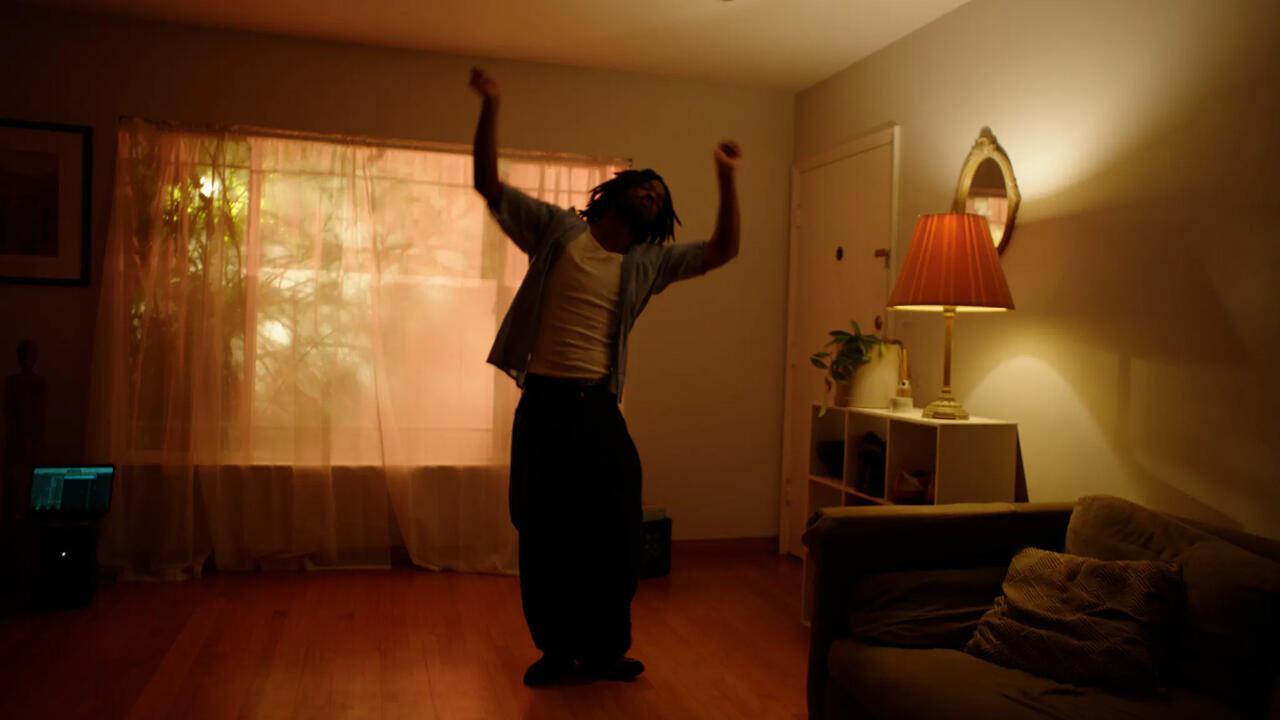Collector Jen Rubio’s Flair for Juxtaposition
Spanning historical and 20th-century works, the collection of Aspen ArtCrush co-chairs Jen Rubio and Stewart Butterfield is rich in striking artistic dialogues
Spanning historical and 20th-century works, the collection of Aspen ArtCrush co-chairs Jen Rubio and Stewart Butterfield is rich in striking artistic dialogues

Xerxes Cook What drew you to Aspen?
Jen Rubio It was a pandemic move. When Stewart and I got engaged, I lived in New York, where I was building my business, Away, and he lived in San Francisco, where he was building his company, Slack. We split our time between the two cities or met up when we were travelling for work. It was a game of chicken: who was going to move to New York, who was going to move to San Francisco? Then, in 2020, we happened to get locked down in San Francisco and after a few months we decided we wanted to go somewhere where we could be outdoors. And we chose Aspen. We had a lot of friends who said good things about it and we knew some people here. We rented at first and then decided to buy a house, and we moved here full time at the end of 2020.

XC: A leap of faith.
JR: Yes, it’s been our home since then, for almost four years now.
XC: And how do you find Aspen life?
JR: We love to be outdoors and Stewart loves to ski. Of course, there are a lot of amazing places for that in the US, but what especially drew us to Aspen was its rich cultural scene: the Aspen Institute, Jazz Fest, the Aspen Art Museum, the Anderson Ranch Arts Center.
XC: How did you get involved with the museum?
JR: I was struck by the quality of the exhibitions at the museum and all the people involved on the board when we first arrived. And one of the people who was most welcoming to me when I first moved here was Jamie Tisch, who was co-chair of ArtCrush for the last three years. She invited us to our first gala, and she’s the one who turned me on to the idea of becoming a co-chair myself.
Our first real involvement was last year when we hosted an event at our house for all the artists who had come to town for ArtWeek. The goodwill the museum has with artists, how they feel supported, really resonated with me. That first week in August is really there to celebrate the artists.

XC: You have just come back from Venice. What were your impressions?
JR: It was actually our first Biennale. It was really exciting to go, and our focus this year was less about discovery, and more about going to see the artists that we already support and collect. Ewa Juszkiewicz, whose work we collect in depth, has a show there at Palazzo Cavanis that is exceptional, and we finally had the opportunity to meet her. There was a lot of work by Louis Fratino in the Giardini, who we also collect. Salman Toor, too.
I would say it’s only been six or seven years since we started collecting seriously. We collect what we love, things we’re drawn to, artists we connect with. We’ve started to look at things more holistically in the last few months and take stock of what we have. One thing that surprised me: if you take all the artists in our collection of several hundred works by country of origin, it comes down to 32 countries. Half of those are countries that are usually regarded as part of the Global South. We have works by artists from Jamaica, Morocco, the Philippines, Venezuela, Zimbabwe, Chile, Romania, Cuba. I think it’s interesting that while things we’ve done from a philanthropic angle have been very intentional, when it comes to diversity and access, this level of diversity in our own collection has come organically.
‘The right things start to find their way to each other.’ – Jen Rubio
XC: Yes, I know that you endowed a curatorial position at the Whitney Museum of American Art in New York which is focused on Latinx art.
JR: That’s been super-successful. It was very intentional and was about access and diversity. But for me, there’s something very satisfying about seeing that the collection we’ve built organically over the years also reflects diversity, even if that wasn’t what we set out to do.
XC: Are there pieces that are just Jen, and pieces that are just Stewart?
JR: Yes, but it all seems to work together. If I really don’t like something, or if Stewart really doesn’t like something, it ends up in our respective offices. We each have our own taste, and we gravitate to different things, but when it comes to a major purchase or acquisition, we both have to love it. Actually, it’s really nice that, through each other, we discover things that we might not engage with otherwise.

XC: In what way are the works that you both gravitate toward a reflection of your individual personalities?
JR: We like very different types of art, but I think what’s been interesting is that the themes are pretty much the same. For example, Stewart recently bought an 18th-century portrait of a father and his son at home. And I recently bought a Carrie Mae Weems photograph, a super-tender, provocative image of a husband and wife from the ‘Kitchen Table Series’. Somehow, they just go together. In fact, we were looking at all these different themes that have emerged in our collection and there are nearly 100 works that have to do with relationships within the home and family.
XC: With the span of your collection, historically, it must be fascinating to find the through line that connects someone like Jan Brueghel the Elder with Lucas Arruda, for example. How do you make connections between some of the surrealists you collect and artists like Vija Celmins? What unites those works?
JR: We have a work from Vija Celmins’s ‘Blackboard’ series, in which she recreates blackboards she finds: the wood, the nails that connect the frame, the chalkboard marks. It’s installed inside a lit vitrine, at the end of the hallway in our house in Aspen, and every single person who comes to our house stands in front of it for an uncomfortably long amount of time trying to guess which one is the original and which is the copy. It’s the same experience you’ll have looking at a René Magritte painting. Or works by Gertrude Abercrombie. These works all disorient you in some way.
XC: Do you play around with juxtapositions when you are installing works in your home?
JR: We try to live with every single piece, so we rotate works a lot. Ultimately, I think all of the right things start to find their way to each other. We have a Rauschenberg collage from 1964, and when you put that next to a Beatriz Milhazes work from 2022, it just works. We have a Joan Mitchell triptych next to a Richard Prince ‘Cowboy’ painting, and it works.
XC: Talking about the ‘Cowboy’ painting, can you tell me about your foundation in New Mexico?
JR: We have a ranch in Galisteo in New Mexico, which is about 25 minutes from Santa Fe. Galisteo has a population of a few hundred people but lots of artists live and work there: Lynda Benglis, Bruce Nauman, Harmony Hammond, Judy Chicago.

The ranch has many thousands of acres and the idea is to invite artists to make works there. One of the early pieces Stewart and I bought together was an Alicja Kwade sculpture, and she is one of the first artists we approached to do something on the ranch. The idea is that it’s somewhere with fewer boundaries in terms of time and space. We are interested in putting works on there that really couldn’t exist anywhere else. The goal eventually is to make it open to the public.
XC: I know you quite often support younger and emerging artists when it comes to funding major museum shows.
JR: Being able to support artists, especially in the earlier stages of their career, is a really meaningful thing for me. I’m on the board of the Whitney, and have great relationships with MoMA, the Met and LACMA. If there are conversations already taking place and we can provide the financial support to make something happen, then that becomes really rewarding for everyone involved: the artists, institutions, galleries and other collectors. And then, on the other end of that, it’s important to us that there’s access to these shows.
For example, we funded Free Friday Nights at the Whitney, and the results have been incredible: the visitor base has become much younger and much more diverse.
XC: You mentioned an early acquisition of a work by Alicja Kwade, but what was the very first thing that you and Stewart bought together?

JR: It wasn’t exactly together, but he bought me an Ed Ruscha – a lithograph of Jet Baby, the mountain painting. This is actually quite a funny story, because before I was a collector, I didn’t really know how it worked. I didn’t know that you don’t just go to galleries and buy things. So, I’d seen Jet Baby in a photograph online and it really resonated with me: it felt relevant for Away, and I’m always travelling.
So I called Gagosian and said, ‘Hi, I’d like to buy an Ed Ruscha.’ I was on hold for so long! But I did end up speaking with someone and anyway, to cut a long story short, they didn’t have one available, obviously, but I mentioned this whole thing to Stewart. He found one at auction six months later and bought it for me. That was one of our first pieces.
Jen Rubio and Stewart Butterfield are co-chairs of Aspen Art Museum's ArtCrush.The ArtCrush Auction includes a curated selection of exceptional works by world-renowned artists and will be on display at the Aspen Art Museum 17 July 17 – 3 August. Online bidding opens at Christies.com/aspenartmuseum on 25 July.
Main image: Works by Anselm Kiefer and François-Xavier Lalanne. Photo: Benjamin Rasmussen






















